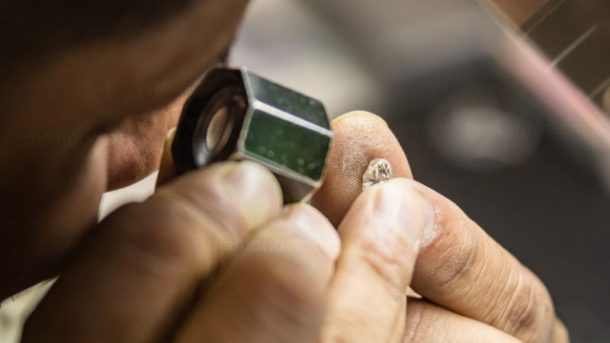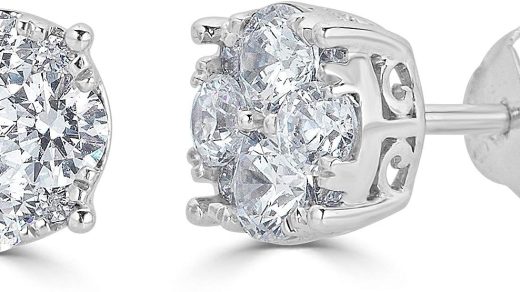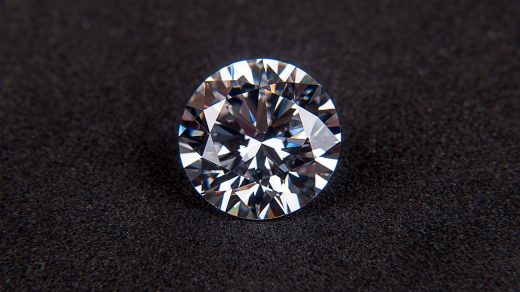As an experienced jeweler, I can tell you that the diamond industry is complex, and understanding how diamonds are graded, certified, and appraised is essential for making informed buying decisions. Let me share some insights into each of these aspects from an industry perspective:
- Diamond Grading: We in the jewelry industry evaluate diamonds based on the “Four Cs” – Carat, Cut, Color, and Clarity. Here’s a deeper look at each:
a) Carat: Carat weight is the unit used to measure a diamond’s size. One carat equals 200 milligrams (0.007 ounces). Larger diamonds are generally more valuable due to their rarity, but the value also depends on the other three Cs. Remember that two diamonds of equal carat weight may vary significantly in price based on their cut, color, and clarity.
b) Cut: A diamond’s cut is critical as it determines how well it reflects light, contributing to its brilliance, fire, and scintillation. Skilled diamond cutters aim to maximize these attributes by adhering to precise proportions and symmetry. The cut is graded on a scale from Excellent to Poor. A well-cut diamond can make a lower color or clarity grade appear more visually appealing.
c) Color: Diamonds range from colorless to shades of yellow or brown. We use a scale from D (colorless) to Z (light yellow or brown) to grade color. Colorless diamonds are typically more valuable due to their rarity. However, fancy-colored diamonds (e.g., blue, green, pink) are also highly prized, as they are even rarer.
d) Clarity: Clarity evaluates the presence of internal (inclusions) or external (blemishes) imperfections in a diamond. Most diamonds have some inclusions or blemishes, but they may not be visible to the naked eye. The clarity scale ranges from Flawless (no inclusions or blemishes visible under 10x magnification) to Included (inclusions and/or blemishes visible to the naked eye).

- Diamond Certification: As jewelers, we rely on independent gemological laboratories to assess and grade diamonds based on the Four Cs. A diamond certificate is a document provided by these labs, which verifies the diamond’s characteristics. The most reputable certification labs include the Gemological Institute of America (GIA), American Gem Society (AGS), European Gemological Laboratory (EGL), and International Gemological Institute (IGI). Purchasing a certified diamond ensures that you’re getting an accurately represented and graded stone.
- Diamond Appraisal: An appraisal is a professional assessment of a diamond’s market value based on its characteristics and current market conditions. As a jeweler, I can tell you that appraisers consider the grading report, prevailing market prices, and any unique features of the diamond to assign a monetary value to it. Appraisals are crucial for insurance purposes, estate settlements, or resale. It’s important to get an appraisal from a qualified professional, preferably one with a membership in a recognized appraisal organization, such as the American Society of Appraisers (ASA) or the National Association of Jewelry Appraisers (NAJA).
When buying a diamond, always consider the Four Cs, ensure the diamond comes with a certificate from a reputable lab, and obtain an appraisal from a qualified professional. As an experienced jeweler, I can attest to the importance of these factors in helping you make an informed decision and ensuring that you’re getting a quality diamond at a fair price.
© 2022-2023 by diamondstudsource. All rights reserved. No part of this document may be reproduced or transmitted in any form or by any means, electronic, mechanical, photocopying, recording, or otherwise, without prior written permission of diamondstudsource.com.




